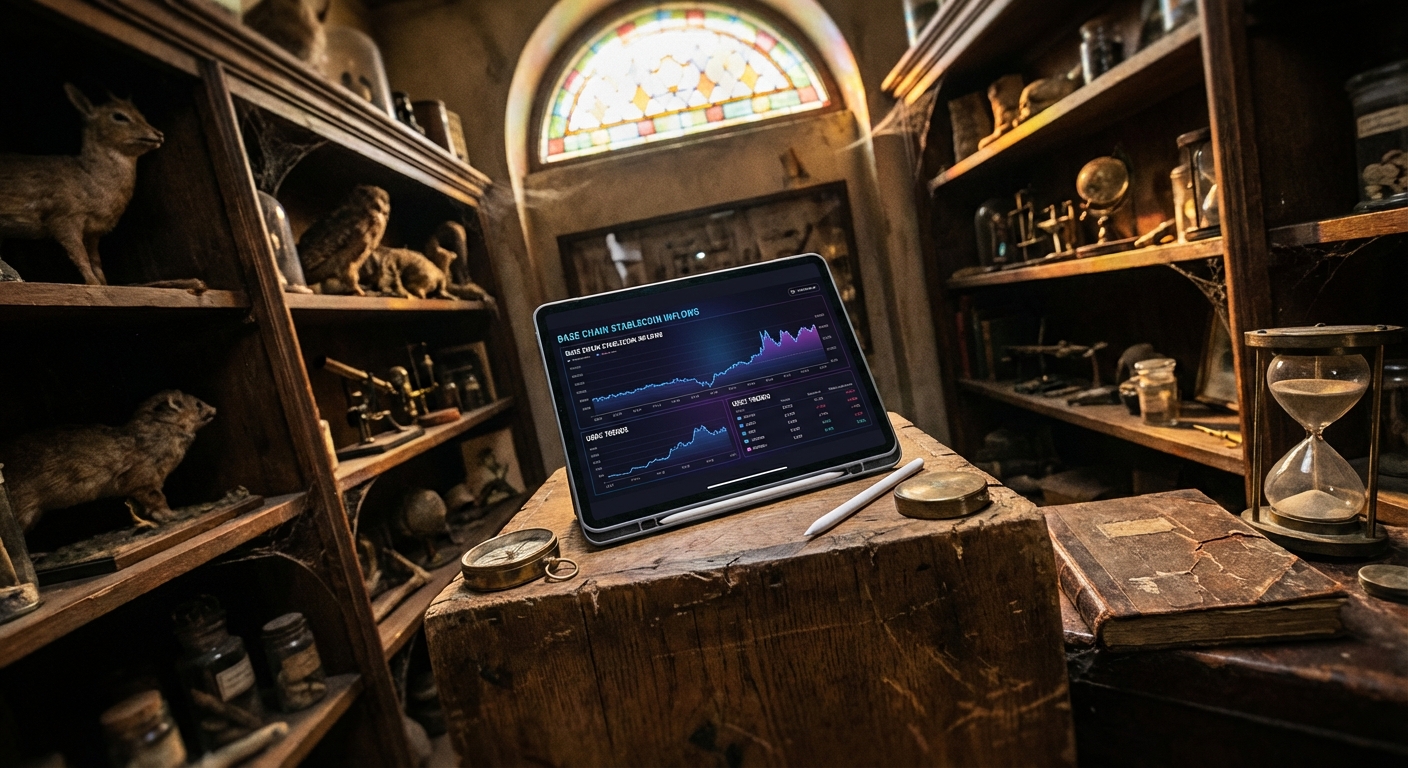
USDC minting events have become a defining force in shaping crypto market liquidity and influencing price movements across major blockchains. As the second-largest stablecoin by market cap, USDC’s supply surges are closely watched by traders, DeFi builders, and institutional allocators alike. When hundreds of millions in new USDC hit the blockchain, the ripple effects can be seen almost instantly in trading volumes, liquidity pools, and even the prices of flagship assets like Bitcoin and Ethereum.
USDC Minting: The Mechanics Behind Market Liquidity
At its core, USDC minting refers to the process where Circle (the issuer) creates new tokens on-chain in exchange for an equivalent deposit of US dollars. Each freshly minted USDC is backed 1: 1 by cash or cash-equivalent assets, making it a trusted digital dollar for global finance (source: Circle Internet). But why does this matter for liquidity?
The answer lies in how newly minted stablecoins enter trading venues and DeFi protocols. For example, when 250 million USDC was minted on Solana on April 1,2025, Solana’s total USDC supply jumped to $17.5 billion. This flood of capital didn’t just sit idle; it was rapidly deployed into decentralized exchanges (DEXs), lending markets, and yield farms. According to AInvest, this event alone drove a staggering 40% increase in trading volume on Jupiter’s AMM platform.
Stablecoin Issuance Effects: Unlocking Buying Power and Trading Sentiment
The immediate effect of large-scale stablecoin issuance is an increase in available capital for both centralized exchanges (CEXs) and DeFi protocols. With more USDC circulating, traders can seamlessly move funds across platforms without friction or slippage – a boon for arbitrageurs and high-frequency participants.
This injection of liquidity often translates into higher trading volumes and tighter bid-ask spreads. On April 24,2025, another 250 million USDC minting on Ethereum led to a 15% jump in trading volume for the USDC/USDT pair on Binance within just one hour (blockchain.news). During this window of heightened activity:
- Bitcoin’s price rose by 0.75%, reaching $64,320
- Ethereum climbed by 0.5%, hitting $3,200
- Multichain Bridged USDC (Fantom) traded at $0.0470
This correlation between fresh stablecoin supply and rising asset prices isn’t coincidental; it reflects renewed risk appetite as participants deploy their newly minted digital dollars into spot purchases or leveraged trades.
Real-Time Stablecoin Flows Analysis: Why Timing Matters
The timing of these mint events is crucial for interpreting market sentiment shifts. When major mints coincide with bullish narratives or macro tailwinds (such as ETF approvals or regulatory clarity), they can act as catalysts for upward price momentum across the board.
For instance, during the April Solana event mentioned above, not only did DEX volumes spike but user participation surged by 15%, according to Mercurial Finance reports cited by AInvest (source). This underscores how stablecoin flows analysis offers early signals about where capital is heading – whether into blue-chip assets like BTC at $64,320 or toward emerging DeFi protocols seeking fresh liquidity.
USD Coin (USDC) Price Prediction Table: 2026–2031
Forecasting USDC’s Price Trajectory After Major Minting Events and Liquidity Shifts (2025 Baseline: $1.00 Peg; Multichain/Depegged USDC Example: $0.0470)
| Year | Minimum Price (Bearish) | Average Price (Base Case) | Maximum Price (Bullish) | % Change vs. $1 Peg (Avg) | Key Market Scenario |
|---|---|---|---|---|---|
| 2026 | $0.95 | $1.00 | $1.01 | 0% | Continued strong peg; short-lived depegs possible during volatility |
| 2027 | $0.94 | $1.00 | $1.02 | 0% | Increased regulatory clarity stabilizes USDC; minor depegs on fringe chains |
| 2028 | $0.92 | $1.00 | $1.03 | 0% | Global adoption grows, but competition from CBDCs and stablecoin rivals |
| 2029 | $0.90 | $1.00 | $1.04 | 0% | Technological upgrades keep peg robust; isolated depeg events possible |
| 2030 | $0.89 | $1.00 | $1.05 | 0% | Major blockchain integrations; possible stress from regulatory changes |
| 2031 | $0.88 | $1.00 | $1.06 | 0% | USDC remains dominant, but innovation and market stress create rare outlier events |
Price Prediction Summary
USDC is designed to maintain a 1:1 peg with the US dollar due to its fully-backed reserve model. Major minting events, like the recent 250 million USDC issuances, generally enhance market liquidity and reinforce USDC’s role as a trusted stablecoin. While the base case remains a consistent $1.00 peg, isolated depeg events (such as with multichain/bridged USDC) could yield rare lower outliers, especially during market stress or technical disruptions. Over the next several years, USDC is expected to largely maintain its peg, with minor fluctuations driven by market volatility, regulatory changes, and competition.
Key Factors Affecting USD Coin Price
- USDC’s full reserve backing and Circle’s transparency
- Regulatory developments impacting stablecoins (e.g., new US or EU rules)
- Adoption growth in DeFi, payments, and institutional finance
- Competition from CBDCs, PayPal USD, USDT, and other stablecoins
- Risks from technical issues, chain-specific depegs, or black swan events
- Continued large-scale minting events boosting liquidity and usability
Disclaimer: Cryptocurrency price predictions are speculative and based on current market analysis.
Actual prices may vary significantly due to market volatility, regulatory changes, and other factors.
Always do your own research before making investment decisions.
The next section will dive deeper into how these dynamics play out over longer timeframes – including potential risks if redemptions outpace issuance or if regulatory headwinds emerge.
As the stablecoin ecosystem matures, understanding USDC minting impact becomes essential for both short-term traders and long-term allocators. The interplay between newly minted USDC, market sentiment, and price action is especially apparent during periods of heightened volatility or macroeconomic uncertainty. When capital floods into the system via large-scale issuances, it can spark a feedback loop: increased liquidity draws in more participants, which further amplifies trading volumes and narrows spreads.
Beyond Immediate Effects: Sustained Flows and Long-Term Market Structure
The durability of these liquidity surges depends on whether newly minted USDC remains in circulation or is quickly redeemed for fiat. Sustained inflows signal confidence in DeFi protocols and centralized exchanges alike. For example, after Solana’s USDC supply reached $17.5 billion post-mint, ecosystem projects saw a notable uptick in TVL (Total Value Locked), with lending markets and AMMs benefiting from deeper pools and more robust order books.
However, the flip side emerges if redemptions accelerate, especially during risk-off events or regulatory shocks. In such cases, rapid outflows can drain liquidity just as quickly as it was supplied, leading to wider spreads and potential price dislocations. This dynamic highlights why monitoring stablecoin flows analysis is not just about tracking supply increases but also watching for signs of contraction.
Key Signals to Watch During Major USDC Minting Events
-
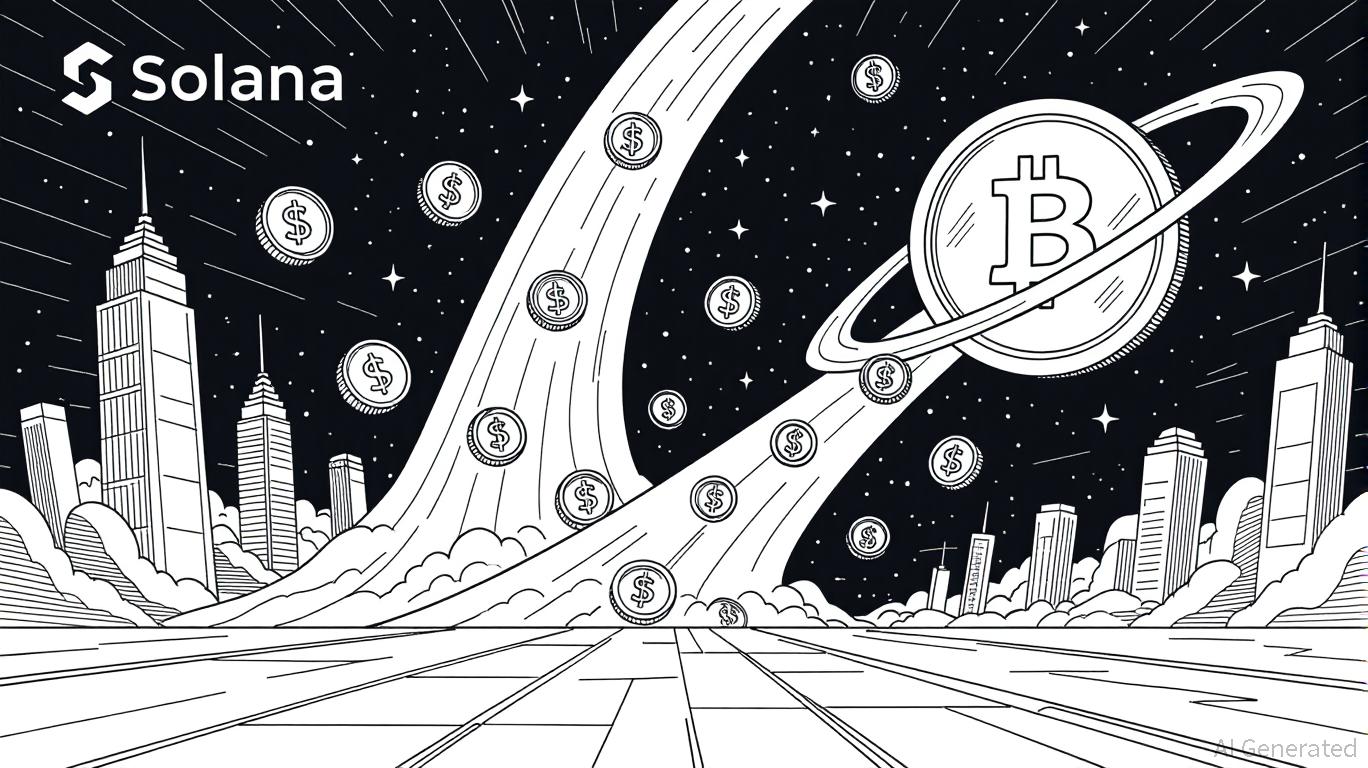
Sudden Spikes in Trading Volume: Large USDC minting events often trigger immediate surges in trading activity on major exchanges and DeFi platforms. For example, after the April 1, 2025, minting of 250 million USDC on Solana, trading volume on Jupiter AMM soared by 40%.
-
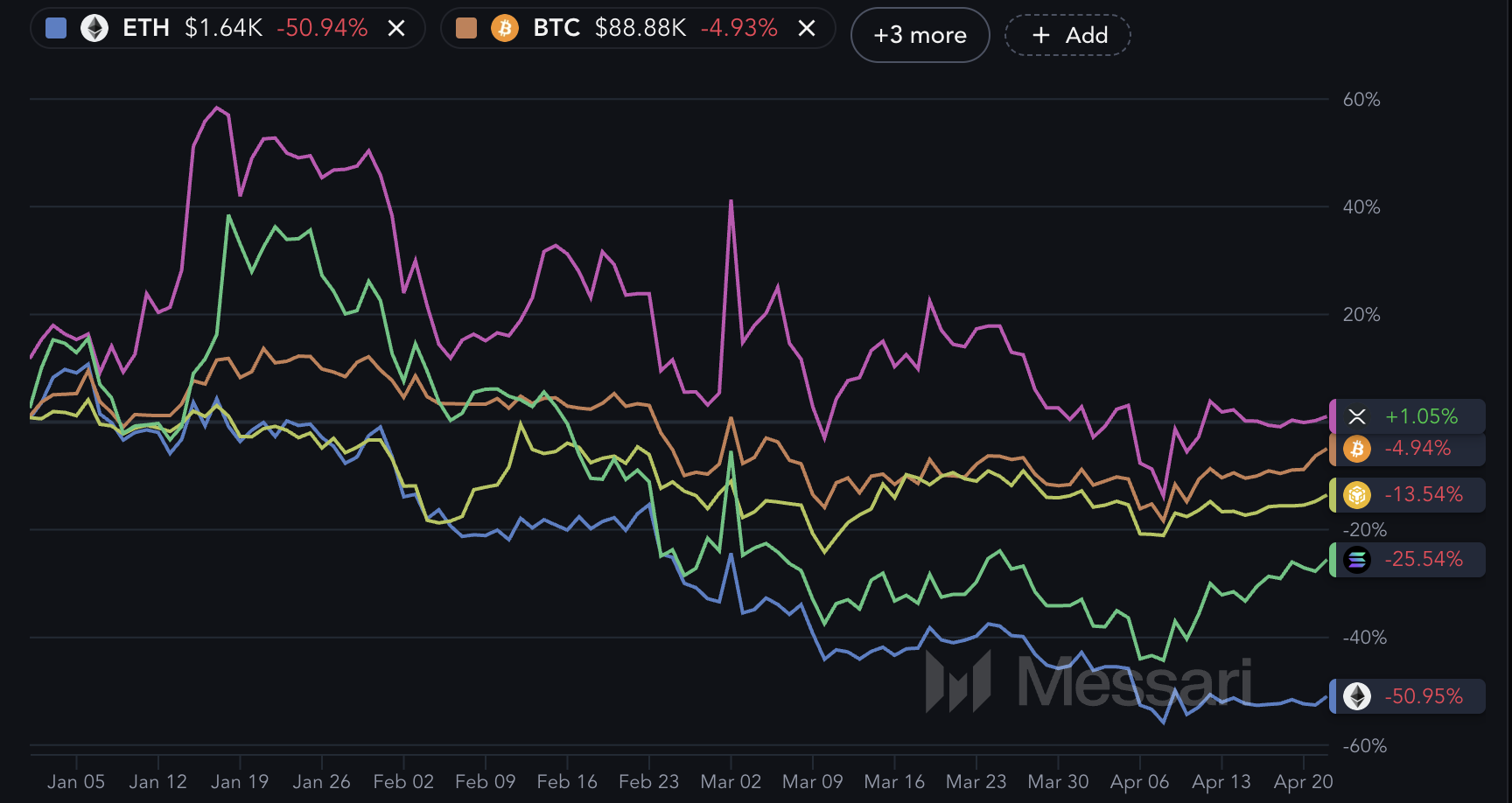
Price Movements of Major Cryptocurrencies: Watch for short-term price reactions in leading assets. Following the April 24, 2025, USDC mint on Ethereum, Bitcoin rose 0.75% to $64,320 and Ethereum climbed 0.5% to $3,200 within the first hour.
-
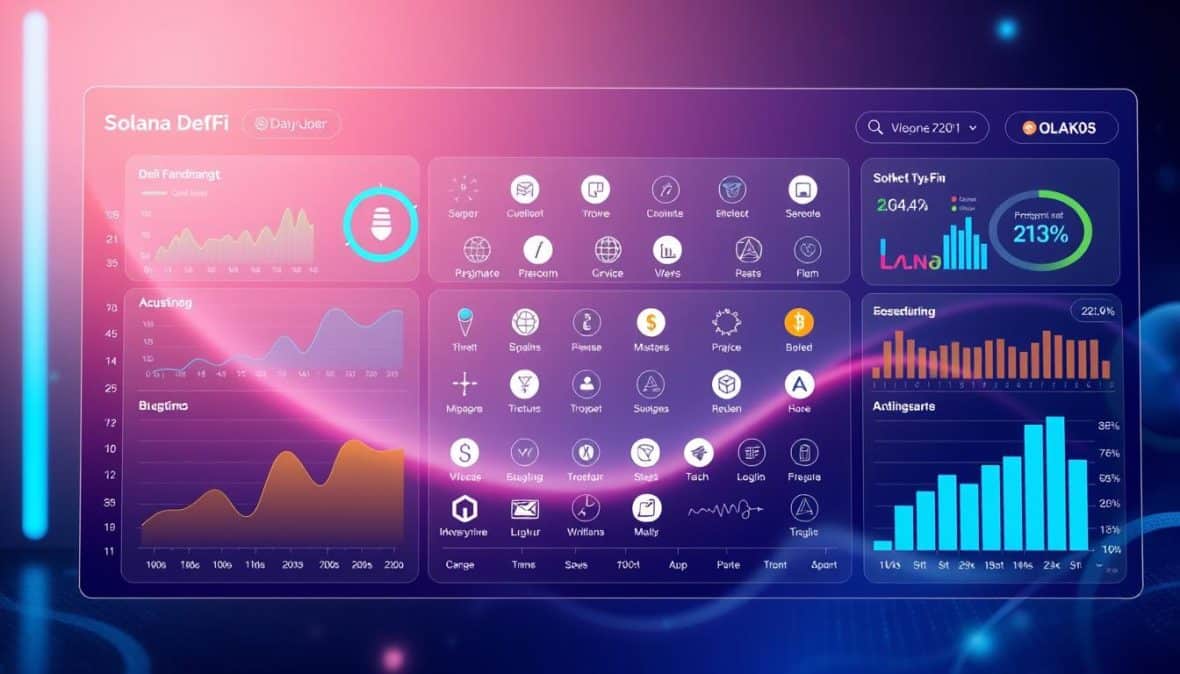
Liquidity Inflows to DeFi Protocols: Significant USDC minting can boost liquidity pools across decentralized finance platforms. Solana’s DeFi ecosystem, for instance, experienced a notable increase in available capital and trading efficiency after the recent mint.
-
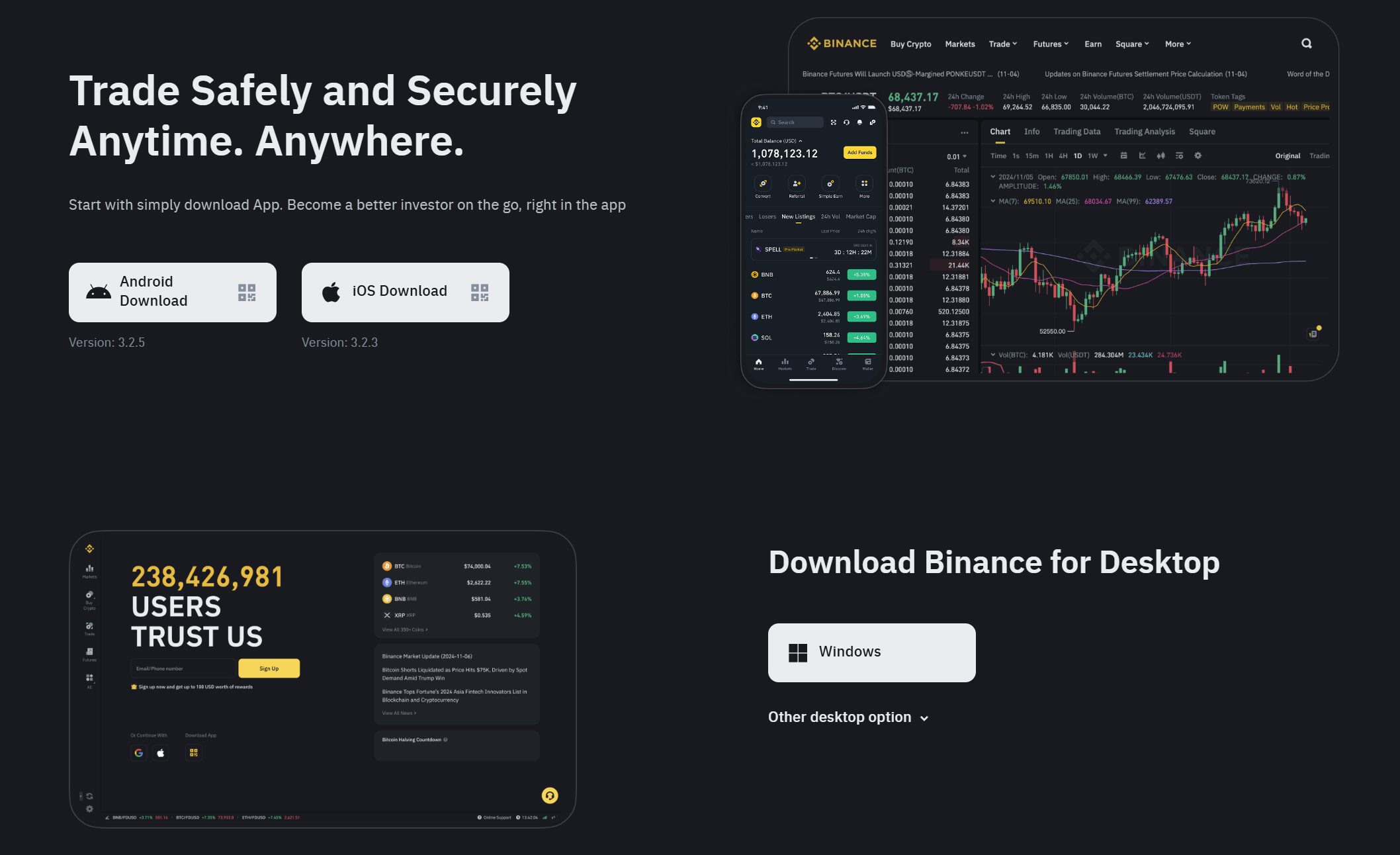
USDC/USDT Pair Activity on Major Exchanges: Monitor the trading volume of the USDC/USDT pair on platforms like Binance. The April 24, 2025, event saw a 15% volume jump in this pair within an hour, indicating heightened stablecoin demand.
-
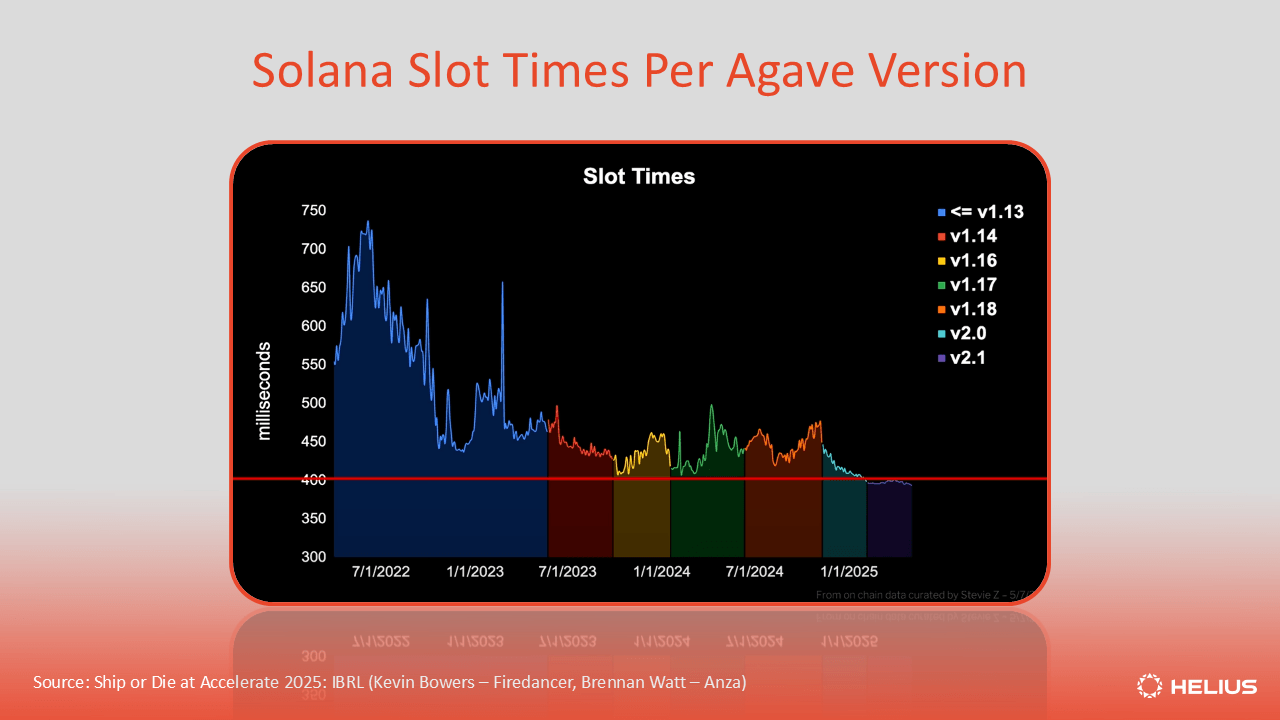
Blockchain-Specific Impact: The effects of USDC minting can vary by network. The Solana blockchain’s total USDC supply reached $17.5 billion after the April 2025 mint, directly enhancing its DeFi and trading infrastructure.
Institutional Flows and amp; Regulatory Backdrop: Shaping the Next Wave
The composition of participants responding to USDC issuance has also evolved. Institutional allocators are increasingly active during large mints, using stablecoins as onramps for diversified crypto exposure or as collateral within sophisticated DeFi strategies. Their presence can dampen volatility but also intensify flows when macro conditions align, such as during ETF launches or global monetary policy shifts.
Meanwhile, the regulatory environment remains a double-edged sword. Clear guidelines around stablecoin reserves and redemption rights support trust in assets like USDC. Conversely, policy uncertainty could trigger sudden redemptions or force capital flight into alternative stablecoins or fiat off-ramps.
Pro tip: Track real-time flows across multiple blockchains, not just Ethereum or Solana, to capture early signals of shifting sentiment and risk appetite.
What’s Next for Crypto Market Liquidity?
The most recent data paints a clear picture: USDC price movement, trading volumes, and DeFi activity are increasingly intertwined with the timing and scale of minting events. As of now:
- Bitcoin holds at $64,320, reflecting robust demand following April’s inflows
- Ethereum trades at $3,200, buoyed by tighter spreads on major pairs
- Multichain Bridged USDC (Fantom) remains at $0.0470, underscoring cross-chain liquidity dynamics
The path forward will be shaped by how quickly new capital is absorbed by DeFi protocols versus how much cycles back into fiat through redemptions. For investors and builders alike, staying attuned to both on-chain issuance data and off-chain policy shifts will be key to navigating this evolving landscape.



